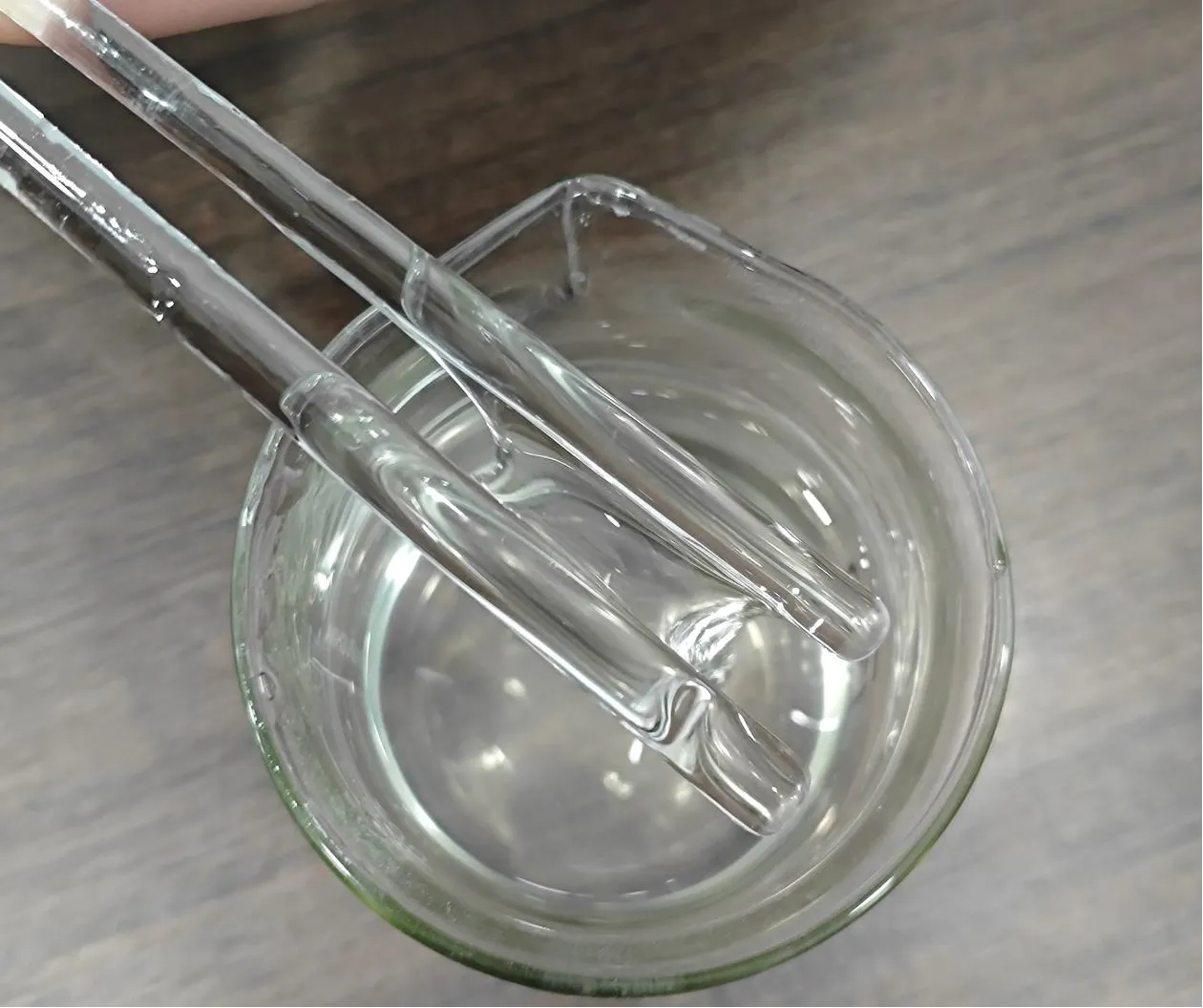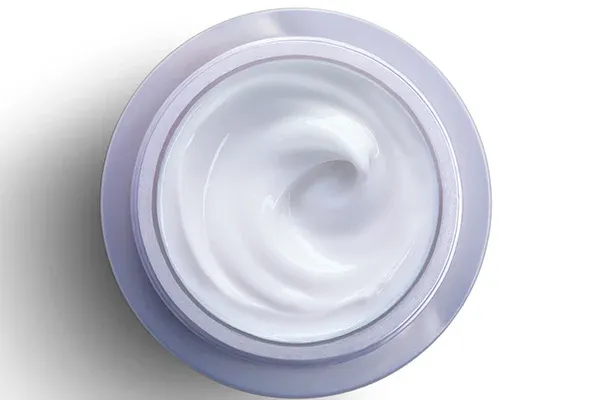
The Versatile World of Cellulose and Its Derivatives: From Purified Cellulose to Hydroxypropyl Methyl Cellulose
Cellulose and its derivatives have become indispensable across various industries, ranging from food and pharmaceuticals to construction and manufacturing. Purified cellulose, 羧甲基纤维素, hydroxy propyl methyl cellulose, 和 hydroxyethyl cellulose (HEC) are just a few examples of cellulose derivatives that play crucial roles in daily applications. Understanding how these materials are sourced, processed, and applied is essential for manufacturers and researchers alike.

1. Sources and Processing of Cellulose and Its Derivatives
Cellulose is obtained from natural plant sources such as wood pulp, cotton, and agricultural residues. This natural polymer serves as the structural component in plant cell walls. However, native cellulose is not directly soluble in water and requires chemical modification for industrial uses.
One of the traditional methods for processing cellulose is dissolving cellulose in sodium hydroxide, which helps to swell and partially break down the crystalline structure, enabling further modification or formulation.
Purified cellulose is cellulose that has been refined to remove impurities such as lignin and hemicellulose. This purified form is often the starting point for creating various cellulose derivatives used in industry.
For example, carboxymethyl cellulose (CMC) is a water-soluble derivative of cellulose widely used as a thickener and stabilizer in foods, pharmaceuticals, and cosmetics. Similarly, hydroxy propyl methyl cellulose 和 hydroxypropyl methyl cellulose (HPMC) are chemically modified celluloses valued for their film-forming and binding properties, especially in tablet coatings and construction materials.
Hydroxyethyl cellulose (HEC), supplied by numerous hydroxyethylcellulose suppliers, is a non-ionic, water-soluble polymer widely utilized as a rheology modifier and thickener in various formulations.
The question what is methylcellulose made from often arises; methylcellulose is synthesized by substituting hydroxyl groups on the cellulose backbone with methyl groups, enhancing its water solubility and thermal gelation properties.

2. Applications Across Industries: From Food to Construction
In the food industry, powdered cellulose in food acts as an inert filler, anti-caking agent, and dietary fiber supplement. Its stability and insolubility in water make it ideal for maintaining texture and volume without altering taste.
Pharmaceutical formulations benefit from cellulose derivatives such as HPMC, which improve drug delivery through controlled-release tablets. Additionally, Hydroxymethylcellulose lubricant is utilized in eye drops and personal care products due to its lubricating properties.
In manufacturing and woodworking, cellulose sanding sealer is applied to wood surfaces before painting or varnishing to seal pores and create a smooth base layer, enhancing finish quality.
The plastics and coatings industry relies on manufacturers like cellulose acetate butyrate manufacturers to supply high-quality cellulose esters, which provide durability, clarity, and resistance in films, coatings, and adhesives.
Enzymatically, cellulose can be broken down by cellulase, an enzyme that converts cellulose into glucose, facilitating biofuel production and biomass recycling.
A notable property of many cellulose derivatives, such as CMC and HEC, is their cellulose soluble in water characteristic, which distinguishes them from native cellulose. This solubility enhances their utility in aqueous formulations.

The Importance of Cellulose and Its Derivatives in Modern Industry
From purified cellulose to advanced derivatives like hydroxy propyl methyl cellulose 和 羧甲基纤维素, cellulose’s versatility makes it a cornerstone of many industries. Whether as a food additive, pharmaceutical excipient, lubricant, or industrial coating component, cellulose derivatives provide unique benefits due to their natural origin and modifiable properties.
Understanding processes such as dissolving cellulose in sodium hydroxide and enzymatic breakdown via cellulase further enables innovations in material science and sustainable manufacturing.
As global demand rises, collaboration with reliable hydroxyethylcellulose suppliers and trusted cellulose acetate butyrate manufacturers will be crucial for meeting quality and sustainability standards.
FAQs
What is purified cellulose and where is it sourced from?
Purified celluloseis cellulose refined from plant sources like wood pulp and cotton to remove impurities, providing a pure base for making cellulose derivatives.
How is cellulose dissolved and processed for industrial use?
One method is dissolving cellulose in sodium hydroxide, which swells the fibers and allows chemical modification into derivatives like methylcellulose or hydroxyethyl cellulose.
What is methylcellulose made from?
Methylcellulose is synthesized by chemically substituting methyl groups onto the cellulose backbone, enhancing water solubility and gelling properties.
What are the applications of hydroxypropyl methyl cellulose and hydroxyethyl cellulose?
Both are used as thickeners, film formers, and binders in pharmaceuticals, food products, and industrial coatings. Hydroxyethyl celluloseis also widely used as a rheology modifier in cosmetics and paints.
How does cellulase enzyme interact with cellulose?
Cellulase breaks downcellulose into glucose units, aiding in biomass conversion for biofuel production and waste recycling.
-
Hydroxypropyl Starch as a Sustainable Construction AdditiveNewsNov.24,2025
-
The Gelation Properties of CMCNewsNov.21,2025
-
Redispersible Latex Powder and Water Retention CapacityNewsNov.21,2025
-
Dosage Control for Polycarboxylate Water ReducerNewsNov.21,2025
-
Film-Forming Properties of Polyvinyl AlcoholNewsNov.21,2025
-
The Function of Gypsum Additives in MortarNewsNov.21,2025





















